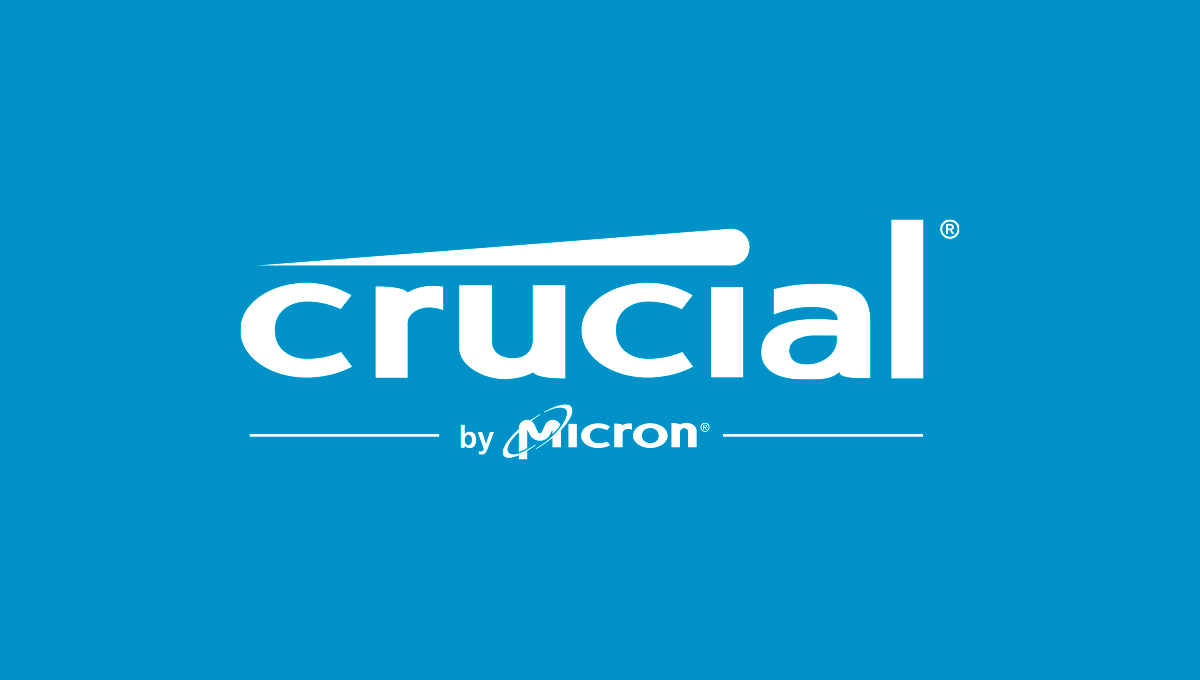- Joined
- Sep 4, 2008
- Messages
- 5,044 (0.83/day)
- Location
- USA
XPG takes DDR5 to a whole new level with its Lancer line and an XMP profile of 5200 MT/s. It is time to test the waters and see how it performs compared to contenders. We will also take a look under that heatspreader and do some overclocking.
Show full review
Show full review







